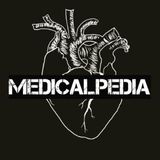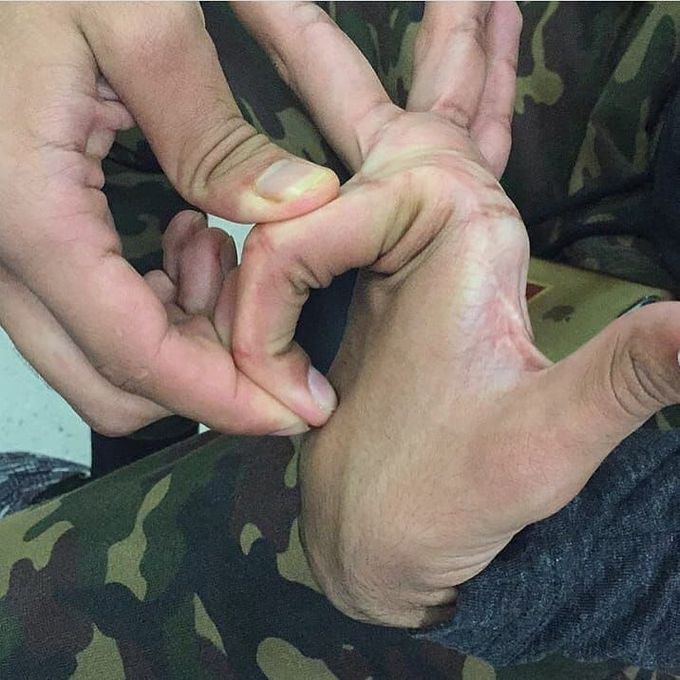


Extreme hypermobility of the finger! Do you know which genetic disorder is this typical for?
Hyperflexible joints are just one of the symptoms typical for Ehlers-Danlos syndrome. Ehlers-Danlos syndrome is a group of disorders that affect connective tissues supporting the skin, bones, blood vessels, and many other organs and tissues. An unusually large range of joint movement (hypermobility) occurs in most forms of Ehlers-Danlos syndrome, and it is a hallmark feature of the hypermobile type. Infants and children with hypermobility often have weak muscle tone (hypotonia), which can delay the development of motor skills such as sitting, standing, and walking. The loose joints are unstable and prone to dislocation and chronic pain. There is no known cure for Ehlers–Danlos syndromes and treatment is supportive. Close monitoring of the cardiovascular system, physiotherapy, occupational therapy, and orthopedic instruments (e.g., wheelchairs, bracing, casting) may be helpful. This can help stabilize the joints and prevent injury. Orthopedic instruments are helpful for the prevention of further joint damage, especially for long distances, although individuals are advised not to become dependent on them until other mobility options have been exhausted. People should avoid activities that cause the joint to lock or overextend. Tag a friend and follow us at @Medicalpedia for more!
Hemodynamic stimuli&nonhemodynamic stimuliEffects of sugar on teeth

